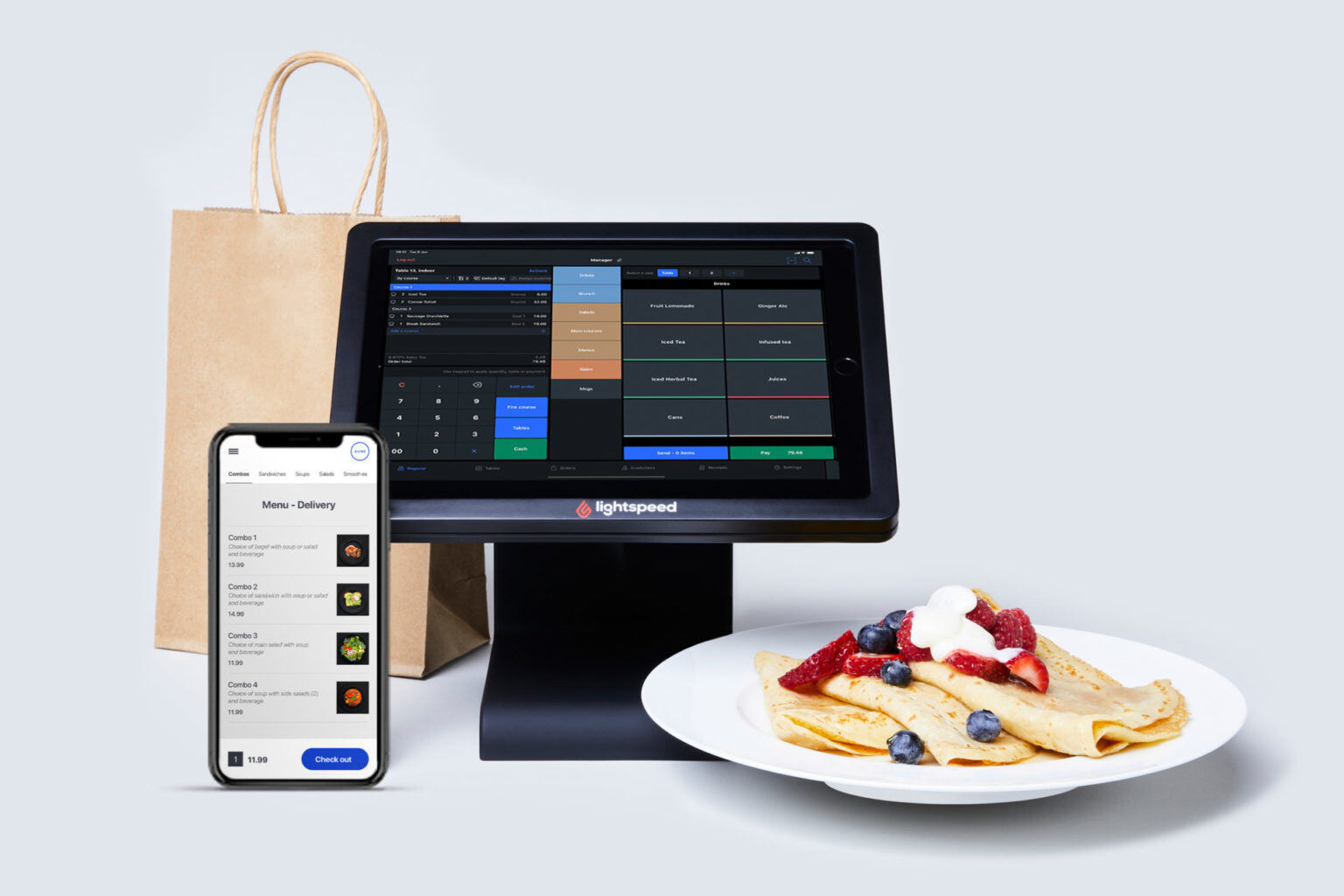Introduction
The tremendous growth of next-gen point-of-sale (POS) providers highlights a transformative shift towards innovative product and service models in the physical commerce environment. The introduction of new iOS and Android software and hardware has disrupted the traditional POS market, and has contributed to the development a broad range of affordable, highly flexible and innovative products. Payment and software providers that cater to small and medium-sized merchants currently achieve impressive revenue growth by marketing next-gen POS hardware and software coupled with integrated payments and other fintech services. We expect this trend to continue until ultimately, legacy, on-premise solutions become extinct. If you are not marketing next-gen software + hardware + integrated payments in mature POS markets like the U.S., then you are likely struggling to grow in the small and medium-sized business segments. In this article, we dissect the public data on growth and revenue mix among next-gen POS providers.
Next-Gen POS Market Segmentation
As shown in Figure 1, we segment next-gen POS providers into two distinct groups of companies: (1) providers with payments-DNA and (2) providers with software-DNA.

The payments-DNA category includes payment providers that have expanded into owning commerce software. Providers that fall into this bucket include Clover (Fiserv), Square, and Shift4. These companies excel in product innovation of their ‘software + hardware + fintech’ service bundles, a distribution strategy that has evolved from traditional feet-on-the-street and telesales channels of yesterday. Payment companies buy software companies to position for this product disruption curve. A notable example of this strategy is Shift4, which acquired more than nine software companies across various verticals, including restaurant, retail, hospitality, stadiums, and non-profit. Shift4 also announced the acquisition of Revel for $250 mil. in May 2024, one of the leading restaurant SaaS in the U.S. Other examples of payment companies buying into software include Elavon, Global Payments, Nexi.
The software-DNA category demonstrates an even more impressive evolution, with SaaS leaders such as Toast, Shopify, Lightspeed, SpotOn, and others. While software (subscription) revenues are still modest at payment companies such as Fiserv or Shift4, payments and fintech services now account for a majority of revenue for the most successful POS/commerce software companies (KPIs which we cover in more detail shortly).
The Rise of Next-Gen POS
The market share of next-gen POS providers with software-DNA and payments-DNA providers is growing rapidly. As illustrated in Figure 2, the processed annualized payments volume of next-gen POS providers is growing at double digits (where it is not unusual to hit the 40-50% CAGR mark).

Another indicator of success is the significant increase in the number of POS terminals and locations served by next-gen POS providers (Figure 3). The swift expansion of next-gen POS providers indicates that the adoption of next-gen POS terminals is projected to grow over the next five years. Legacy, on-prem solutions will eventually phase out.

As demonstrated in Figure 4, the growth in gross and net revenues (gross profit) of next-gen POS providers since 2019 underscores their robust growth fundamentals. This trend begins to emerge among European next-gen SaaS players such as Mews and eposnow.

As mentioned above, payment and fintech products have become the leading revenue generator for several next-gen SaaS companies. Although software remains a fundamental part of their offerings, the profit margins from software are typically lower compared to those from payments. In other words, software is the lead product generating sales, while payments and fintech drive profitability.
As illustrated in Figure 5, payments and fintech represent the lion's share of revenues for next-gen POS software providers. Toast, a leading restaurant SaaS platform, has surpassed Shopify in terms of payments and fintech monetization, with 87% of its overall 2023 gross revenues attributable to payments, hardware, lending, issuing, and other fintech products.

It is important to note that our examples, extracted mostly from publicly traded companies, represent the largest SaaS and fintechs in the market. Setting aside the most successful examples, there are still hundreds, even thousands, of SaaS companies that likely struggle to scale and grow into their next-gen position. We anticipate ongoing consolidation among smaller providers (a strategy executed by companies such as Lightspeed) as smaller SaaS lack the capital to affect a meaningful evolution to next-gen products and achieve full potential on monetizing financial services.
Conclusion
Next-gen POS solutions redefine traditional markets for POS software, hardware, and payments, and have created a new class of high-growth fintechs. There is still plenty of growth runway to capture, as software products continue to add functional modules (HR, CRM, etc.) and connect value-added apps. Similarly, as payment acceptance becomes more mature, there is a logical roadmap for expanding fintech services into lending, expense management and pay-out services, payroll, and others. Lastly, we expect next-gen POS winners to increasingly expand globally, which has proven more difficult than in digital commerce software (e.g. Shopify). As small and medium-sized businesses increasingly embrace the advantages of modern-tech-led product and service bundles, the provider landscape will continue to be disrupted as legacy providers cede share to next-gen fintechs.
Please do not hesitate to contact Charlotte Al Usta at Charlotte@FlagshipAP.com, or James Morgan at James@FlagshipAP.com with comments or questions.



